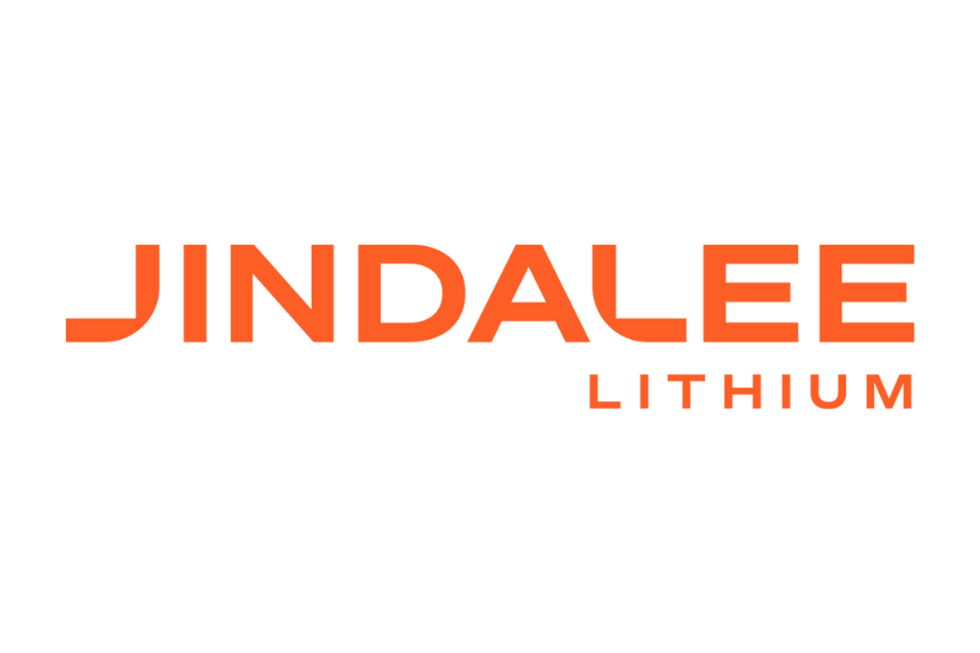Europe Set to Become Battery Powerhouse as Demand Continues to Rise
Europe is positioning itself to become a leader in battery output as demand continues to increase.

As demand for batteries from the electric vehicle sector continues to grow, Europe is moving ahead with plans that could position the region as a leading battery player.
The European Commission has proposed a 100 percent reduction in carbon emissions from new cars by 2035, which effectively means no more internal combustion engine vehicles and a potential surge in battery electric vehicles (BEVs).
“We think the underlying consumer demand and sentiment for BEVs is now very strong and beyond what regulatory targets are implying as a minimum,” said Sam Adham, senior analyst at LMC Automotive.
The BEV segment will continue to see growth throughout the next decade, but there's a number of strong headwinds in the near term that could persist in the next few years, including production constraints and inflation.
“That's why we think the major acceleration and adoption in Europe will happen towards the second half of that decade,” Adham said at Fastmarkets’ European Battery Raw Materials conference. “But individual countries and subregions have been and will continue to move at different rates.”
When looking at battery production, Europe is well underway to become a battery powerhouse, the expert said.
“There's been no end to gigafactory announcements and, as of today (September 20), announced capacity comes to around 1.4 terawatt hours by 2030, across more than 50 plants, which constitutes around 150 billion euros of announced investments so far,” Adham told the audience in Barcelona. “The average nameplate capacity will be around 28 gigawatt hours, which is pretty big.”
Cathode and anode mix in Europe
When looking at the upcoming battery plants in Europe, the question regarding supply of raw materials becomes crucial, and so does understanding the cathode and anode mix plans for these gigafactories.
“Most of these are very major projects and the vast majority of capacity we think will be for building nickel-based battery chemistry, not lithium-iron-phosphate (LFP),” Adham said. “Although we do calculate there will be enough LFP capacity to satisfy demand in Europe.”
According to LMC, adoption of LFP cathodes won’t be massive until at least 2024, but even then, automakers are intending it only for entry level models.
“There’s a general trend towards high nickel/high manganese, and low/no cobalt cathode chemistries,” Adham pointed out. “But legacy chemistries are expected to continue in parallel until the renewal of vehicle lifecycles.”
On the anode side, the main raw material input continues to be graphite, both in its natural and synthetic forms, although the trend in Europe is to replace graphite in the future.
“Even if OEMs wanted to switch into new chemistries or cell suppliers, it's not a simple task that can be done quickly,” Adham said. “You still have to go through the multi-year cell-qualification process and battery and vehicle development cycles, finding a new supplier, etc.”
Based on LMC’s forecast, lithium will be the largest bottleneck, with a supply deficit limiting BEV production.
“In a worst-case scenario, if we assume an equitable share of global lithium carbonate equivalent available to Europe, which is unlikely, then BEV production is still constrained,” Adham said. “There’s only one effective option in our opinion, which is to make significant investments to bring more assets online.”
Don't forget to follow us @INN_Resource for real-time updates!
Securities Disclosure: I, Priscila Barrera, hold no direct investment interest in any company mentioned in this article.






